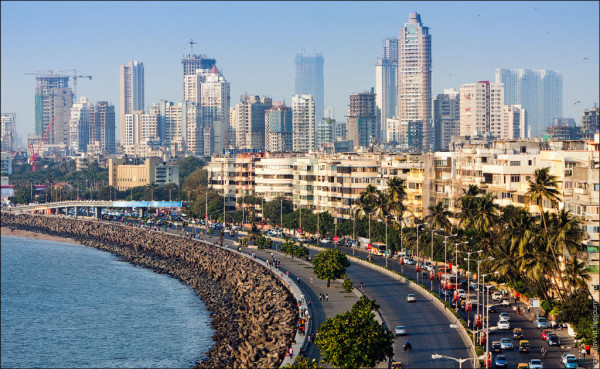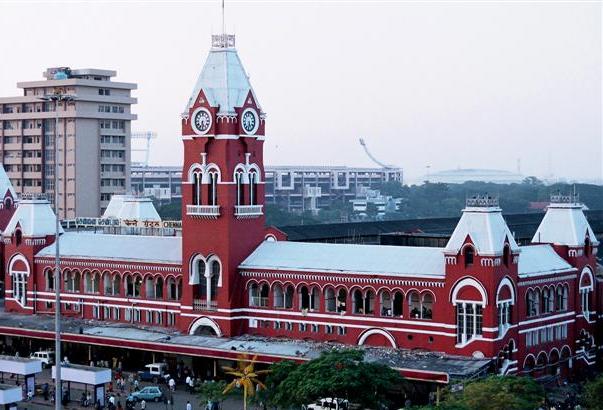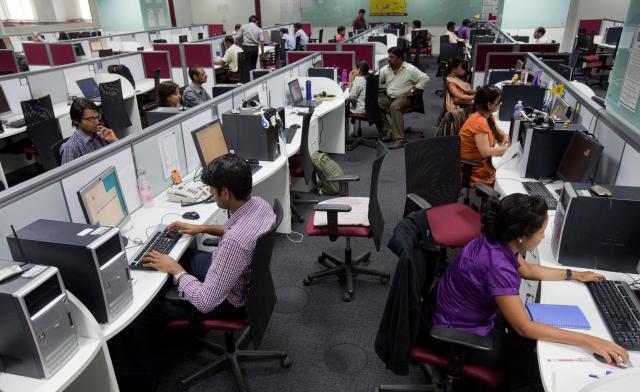
DP confusion responsible for less launches in Mumbai
The new launches have drastically slowed down in Mumbai due…

The new launches have drastically slowed down in Mumbai due…

JLL report finds Chennai market rising to new high. Chennai’s…

There had suddenly been a deafening silence when the RBI Governor Dr Raghuram Rajan recently asked the real estate developers to reduce the home prices. However, the economist in Rajan was not making a faux pass. He could rather see a supply side of bubble in the making. Therefore, he came harsh on the sector.

Today, the world sees India as a land of opportunity for business and investment. RBI head Raghuram Rajan said in mid-September that while fellow BRICs have deep problems, India appears to be an island of relative calm in an ocean of turmoil.

Track2Realty tries to simplify the real estate terminologies in practice that often confuses the buyers. There is no rocket science in real estate that buyers can’t adopt and understand for their own better understanding of the most valuable asset called house.

In the evaluation of sustainability of a housing market, the absorption of office space is the prime indicator across the world. After all, it is the economic activity and the job magnet that fuels the demand for new houses. The city of Mumbai has always been blessed on that count due to demand and supply dynamics.

Office space take-up by corporates in the first nine months of the 2015 calendar year rose to 30 million sq ft, 11% more than 27 million sq ft in the same period last year, according to a new report by property consultancy Colliers International.

The idea of creating a new city as a counter magnet to Mumbai was originally envisaged in the Regional Plan of Mumbai Metropolitan Region (MMR) in 1965. The actual planning process of this new city began in 1971 after the formation of CIDCO, a Government-owned company for development of cities.

The concerns about soaring rentals and unaffordable housing in Mumbai notwithstanding, the surprising fact is that residential property prices across Mumbai city and its suburbs increased only by 7% in 2014, and by a negligible 0.3% in 2013.

Viewed dispassionately, the current government’s ‘Housing for all by 2022’ promise seems a bit unrealistic at the moment, as the modalities and concrete steps needed to be undertaken to achieve this goal have not been spelled out. Making 2 crore urban houses and 4 crore rural houses available is a huge undertaking in itself, and will require not only sustained government interest and investment but also substantial private sector investment and involvement.
